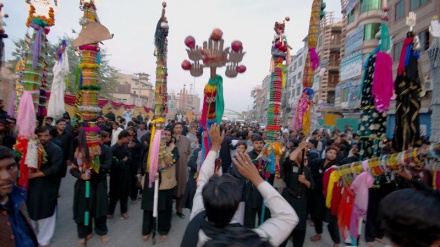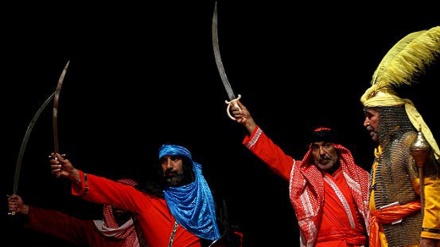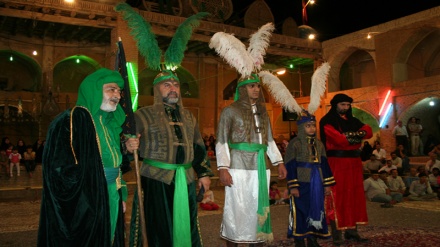Muharram mourning traditions in different lands - 27
In this series, which delves into the various mourning traditions associated with the Immortal Epic of Ashura in various lands, we look at the history of mourning for Imam Husain (AS). Today we will focus on Thailand.
Thailand, which was previously known as Siam, saw the first Muslims arrive in the 15th century. During the period 1547–1548, there are historical accounts of the existence of seven mosques of the Persian and the Arabs, and about 30,000 households of the Moors, as the Muslims were called. It means Muslim people had established communities in many Siamese.
The Muslims from the Southeast Asian archipelago states, namely Java and Makassar, which are now part of Indonesia, also came as political refugees to Siam because of the invasion of their homeland by the Portuguese and Dutch. The next arrivals were from India, especially through South India or the Deccan, from where many Iranians came to Thailand. For instance, the Qotb-Shahi kingdom of Golkandeh-Haiderabad was of Iranian origin, and diplomatically it became a dependency of the Safavid Empire of Iran.
Thus, the ports of the Qotb Shahi kingdom of Golconda served as an important gateway to Southeast Asia. By the second half of the 16th century, there existed intensive trade links between Golconda’s main port at Masulipatnam and Siamese Tenasserim. The politico-economic relations between the Shi’ite Deccan states and Siam, led to the expansion of Shi’a Islam in the Buddhist Kingdom of Ayutthaya. Shi’ite Indo-Iranian Muslims in Thailand started flooding from Ayutthaya Period to the present day, and brought with them the Muharram mourning ceremonies for the martyrs of Karbala.
Every year the people of Siam, especially the Shi’a Muslims started marking the martyrdom of Imam Husain (AS) for ten days in the month of Muharram, a tradition that continues till this day, especially in Bangkok, where the mausoleum of Sheikh Ahmad of Iran is situated. The Muslims of this place wear black, the colour of mourning, and make a procession which represents the epic of Imam Husain (AS) and his followers in Karbala. They hold elaborate discourses in the local language, as well as in Urdu, since most of the Shi’a Muslims presently living in Thailand are from the subcontinent. Historical accounts prove that in the previous centuries, the discourses were in Persian.
It is said that in the days of King Narai (1656–1688 AD), Ta’ziyah processions were taken out by Shi’ite Muslims in Thailand. The Ta’ziyah procession was a famous and well-known Muslim ceremony in Siam. Besides Shaikh Ahmad, the other prominent Iranian émigré to Thailand who promoted Shi’a Islam was Aqa Chi Aqa Muhammad of Iran. Today the descendants of these immigrants from Iran and India are the result of inter marriage between their forefathers and local women.
The Shi’as of Thailand have also sent students to study in the seminaries of Qom and Mashhad, as well as Najaf. There is a regular traffic between Iran, Iraq and Thailand today. The Thai Muslims beat their chests in grief during the ceremonies for Imam Husain (AS). Among the activities carried out this year was the “Who is Husain Campaign”. A series of literature and CDs were prepared in English and the Thai language for distribution among the non-Muslims, briefing them about the identity of the grandson of the Prophet of Islam and his mission to defend humanitarian values, even if it meant the sacrificing his life.
MD/AS/SS


